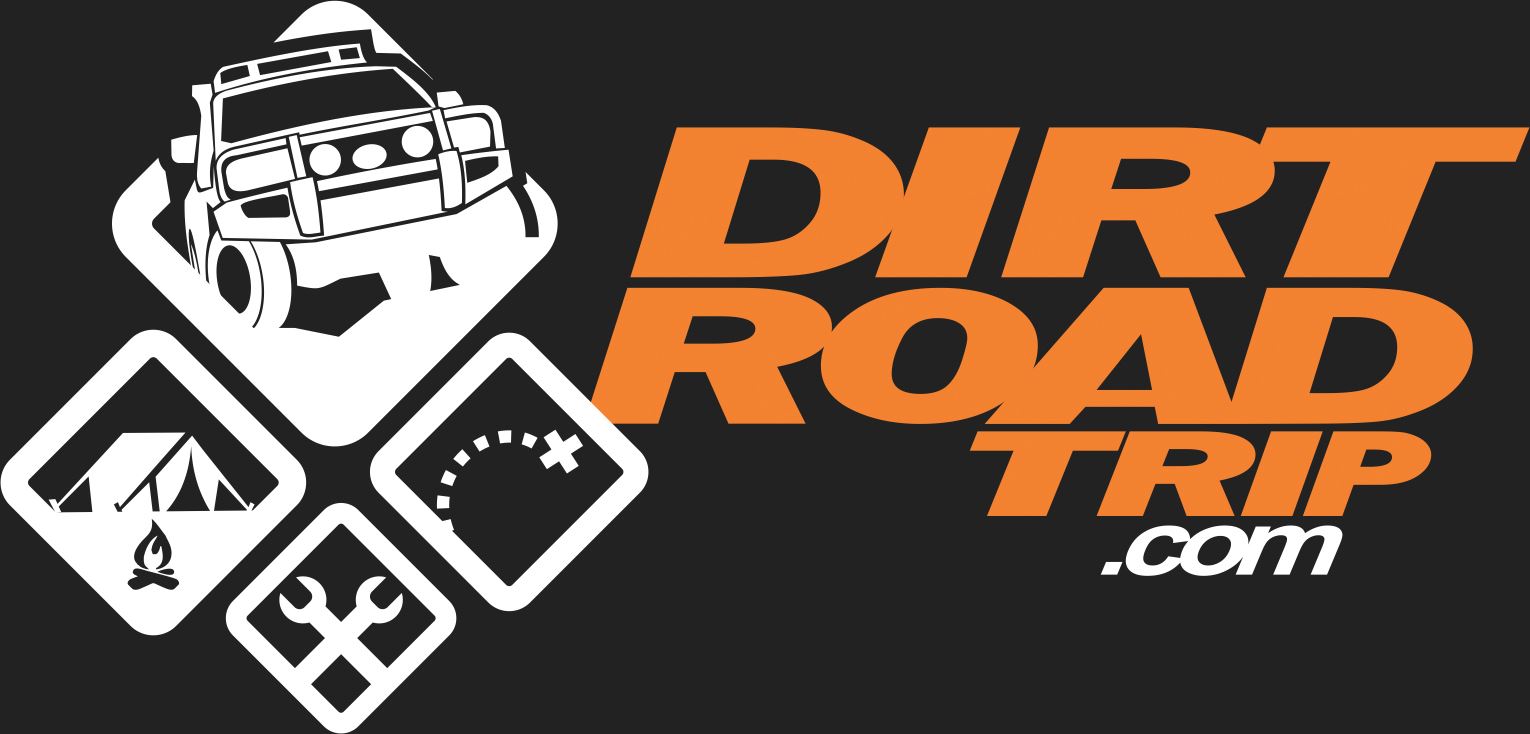The first half of the UORTC 4WD-202 was some of the most in depth off-road driving training any of us had received. So after a quick lunch in the field we got right back to it.
The instructors immediately started covering what I refer to as the worst case scenario portion of the class. They covered everything from radiator repairs, to field fixes for u-joints utilizing only a bicycle inner tube. I’m pretty sure someone’s wife was also missing some of her pantyhose, but if you need a fine filter for fluids or for keeping sand/dirt out of your air box, now you know where to look.
During the classroom portion of the class we also went over Recovery Resistance Calculations. You probably guessed it; this allows you to calculate the load required to move a stuck vehicle. By using a basic equation (that means math) you can determine if your 8,000 lb winch is going to cut it, or if you should run a snatch block/call a tow truck.
Finally we ended the day with a trail run down Big Creek where Morgan and his Power Wagon taught us that you can cram five pounds of sugar into a ten pound bag.
We spent the majority of the time on the trail learning to take good lines, or figuring out how to salvage bad ones. The instructors showed teams how to stack rocks to clear obstacles, and how to safely use a hi-lift to get more clearance under a wheel. We even learned some new tricks that involved tree straps and of course starter fluid.
The trail run on Big Creek was a great opportunity to see all of the training from the day come together, and we even managed to get off the trail with a little daylight left.
Overall I would have to say that UORTC’s 4WD-202 is the best 4WD training course I’ve ever been a part of. I highly recommend that you take some time to get down to Uwharrie and attend one of Scott’s classes. I’m so confident that you’ll walk away satisfied that I’ll buy you a beer if you come to me and say otherwise.
Finally I’d like to give a big thank you to Scott, Mike, and Ron for having us down for the weekend. I’d also like to thank Tony for driving us down there, Brian for finding all the awesome doughnuts and bbq on the route, and Agung for agreeing to help me take photos of the course (you can easily determine which ones are his, if you can’t look for the good ones).
































Why starter fluid to pop back a tire? Compressor is easier and safer!
The 4WD-202 class is designed to teach you some worst case scenario field fixes. Using a compressor or power tank would probably be the safest option, but if you can’t seat the bead properly (since mud and debris can get in between the tire and rim) your typical compressor probably won’t have enough juice to get the job done.
There is always a safer way, but the method taught by UORTC is very safe in itself. They create a fuse with the starter fluid, so you don’t actually light it at the tire, you light the ground a few feet away.
Have seated it several times in the desert with a compressor, but using a fuse (as noted in the image) with fluid makes sense. Looking forward to try it out!
I completely agree that the compressor is the safest option! I’ve just been in a few spots where your typical on board air compressor wouldn’t get the job done, it’s more common when trying to seat 35’s on the JK. I guess it’s time to go get me some bead locks.
Great write up Alex!
Thanks Pat!